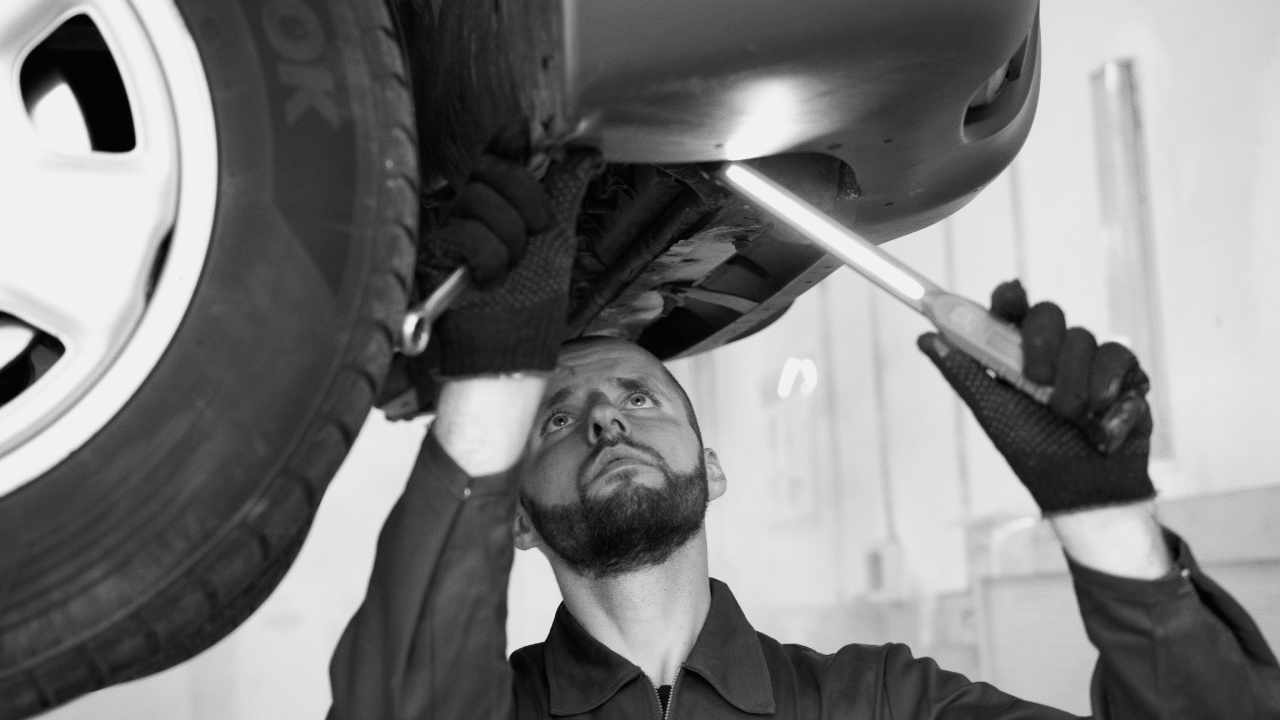Your car’s engine is more than just another component—it’s the heart of your vehicle. When it’s running smoothly, everything else falls into place. But when it falters, it can disrupt your daily routine and lead to costly bills. The good news? Recognizing and addressing common engine problems early can save you time, money, and stress. Whether you’re a car owner, a DIY enthusiast, or someone simply looking to take control of your vehicle’s health, this guide will help you understand, diagnose, and even fix everyday engine issues.
Understanding Engine Basics
Before jumping into solutions, it’s essential to have a basic understanding of how your engine works and what might signal trouble.
The Main Components of an Engine
An engine is a complex machine with many parts working together. Here’s a breakdown of the key components and their roles within your car’s system:
- Cylinder Block: The core of the engine, housing the cylinders where fuel combustion occurs.
- Pistons and Crankshaft: Convert the energy from combustion into mechanical motion.
- Camshaft: Manages the opening and closing of engine valves, controlling air and fuel flow.
- Spark Plugs: Ignite the fuel-air mixture for combustion.
- Coolant System: Maintains a safe engine temperature to prevent overheating.
Understanding these components gives you a foundation for identifying issues when things go wrong.
Red Flags to Watch Out For
Your car often gives subtle (and not-so-subtle) warnings before a problem escalates:
- Dashboard Warning Lights (like a check engine light)
- Strange Noises (knocking, pinging, or hissing sounds)
- Reduced Fuel Efficiency
- Smell of Burning or Gasoline
- Excessive Smoke from the Exhaust
Now that you know the basics, let’s explore specific problems you might encounter.
Common Engine Problems and How to Diagnose Them
Every car owner eventually encounters engine issues. Here are some of the most common problems and tips for diagnosing them:
1. Overheating
Symptom: Rising temperature gauge, steam from the hood.
Cause: Lack of coolant, faulty thermostat, or radiator failure.
How to Diagnose: Check the coolant level and inspect the radiator for leaks.
2. Unusual Noises
Symptom: Knocking, rattling, or grinding sounds.
Cause: Worn bearings, loose belts, or lack of lubrication.
How to Diagnose: Identify the source of the sound while the car idles.
3. Rough Idling or Stalling
Symptom: Shaky vibrations or engine cuts out at low speeds.
Cause: Clogged fuel injectors, dirty air filters, or faulty spark plugs.
How to Diagnose: Inspect the injectors and filters for build-up.
4. Loss of Power
Symptom: Car struggles to accelerate or maintain speed.
Cause: Compression issues or worn-out components like the fuel pump.
How to Diagnose: Use a scanner to check for trouble codes or run a compression test.
DIY Fixes and Maintenance Tips
Many minor engine problems can be fixed at home with the right tools, a bit of patience, and some know-how. Here’s how:
Step-by-Step Guide to Common Fixes
- Change Your Oil:
- Regular oil changes lubricate your engine and prevent excessive wear.
- Tools Needed: Oil filter wrench, drip pan, and fresh oil.
- Process: Drain the old oil, replace the filter, and add new oil.
- Check and Replace Air Filters:
- Dirty filters restrict airflow, affecting performance.
- Lift the hood, locate the filter box, and replace it with a clean filter.
- Inspect and Tighten Belts:
- Loose belts can lead to squeaking noises and impaired functionality.
- Look for cracks or signs of wear; replace worn belts, if needed.
- Flush the Coolant System:
- A clogged coolant system can cause overheating.
- Empty old coolant, flush the radiator, and refill it with new coolant.
- Check Spark Plugs:
- Worn spark plugs can lead to misfiring or stalling.
- Unscrew plugs, inspect for damage, and install replacements if necessary.
Pro Tip for Beginners
Always consult your vehicle’s manual before attempting any DIY fixes. It provides detailed guidance specific to your car model, minimizing the risk of error.
When to Seek Professional Help
While DIY repairs can save money, some problems are better left to professionals. Here’s when you should take your car to a service center:
Signs You Need an Expert
- Persistent Check Engine Light even after basic diagnostics.
- Smoke or unusual smells from the engine compartment.
- Recurring overheating despite refilling coolant or thermostat replacement.
- Loud knocking sounds that could indicate internal damage.
Tips for Choosing a Reliable Mechanic
- Read online reviews and ask for recommendations.
- Check certifications like ASE (Automotive Service Excellence).
- Request an estimate upfront and ensure transparency in costs.
Preventative Measures for Engine Health
Prevention is always better than cure—especially when it comes to engine maintenance. Follow these tips to keep your car running smoothly:
Regular Servicing
Stick to your car’s maintenance schedule for tasks like oil changes, brake checks, and tire rotations.
Use Quality Fuel and Oil
Opt for fuels that match your car’s octane requirements and oils that meet API (American Petroleum Institute) standards.
Mindful Driving Habits
Avoid aggressive acceleration, overloading your vehicle, and idling for too long—all of which stress the engine unnecessarily.
Seasonal Maintenance
Before winter, check your battery and coolant levels. During summer, inspect belts and hoses for wear.
Take Control of Your Engine’s Health
By understanding how your engine works, identifying common problems early, and managing basic repairs yourself, you can avoid costly breakdowns and extend your car’s lifespan. But if something feels beyond your expertise, don’t delay—reach out to a trusted mechanic.
Have any engine maintenance tips or repair stories of your own? Share them in the comments below! And for those who prefer professional assistance, book a service appointment with your local experts today.


